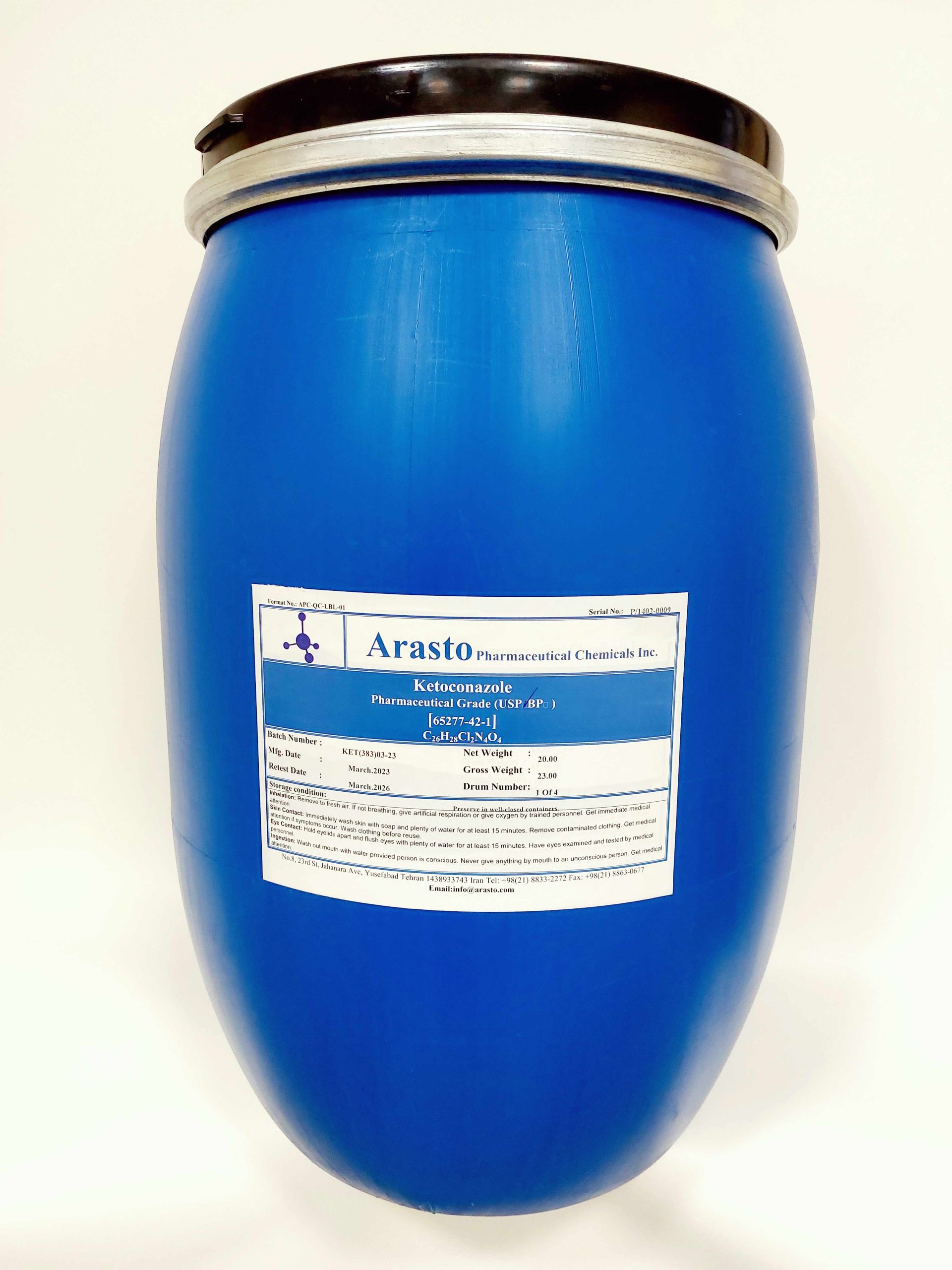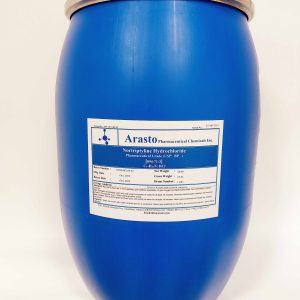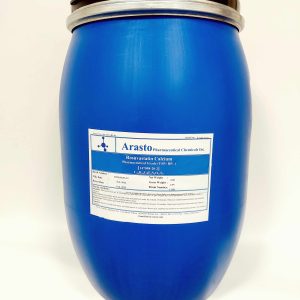توضیحات
Description
(USP 38)
- Drug Substance General Information (ICH 3.2.S.1)
1.1. Nomenclature (ICH 3.2.S.1.1)
International non-proprietary name: Ketoconazole (Brand Name: Nizoral, Terzolin, Ketoderm)
Compendial name: Ketoconazole
Chemical name: cis-1-Acetyl-4-[4-[[2-(2,4-dichlorophenyl)-2-(1H-imidazol-1-ylmethyl)-1,3-dioxoan-4-yl]methoxy]phenyl]piperazine
Arasto’s code: KET
CAS Registry Number: [65277-42-1]
- Drug Substance General Information (ICH 3.2.S.1)
1.2. Structure (ICH 3.2.S.1.2)
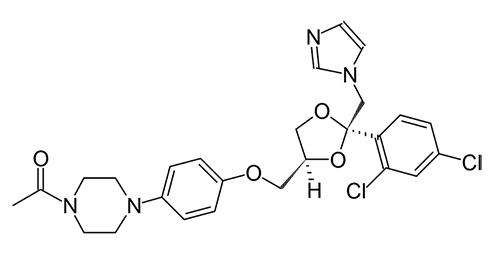
Empirical formula: C26H28Cl2N4O4
Molecular Weight: 531.43 g/mol
- Drug Substance General Information (ICH 3.2.S.1)
1.3. General Properties (ICH 3.2.S.1.3)
Ketoconazole is an off-white crystalline substance. It is administered orally and dermally for the treatment of candidiasis, chronic mucocutaneous candidiasis, oral thrush, candiduria, blastomycosis, coccidioidomycosis, histoplasmosis, chromomycosis, and paracoccidioid mycosis.
Ketoconazole is insoluble in water and soluble in very polar organic solvents (slightly soluble in alcohol and soluble in DMSO and to a lesser extent in DMF). It is soluble in water at pH 1 due to salt formation with very strong acids (piperazine pKa= 2.9, imidazole pKa= 6.5, D.A. Williams and T.L. Lemeke, Eds. “Foye’s Principles of Medicinal Chemistry” Fifth Edition, New York, Lippincott Williams & Wilkins, 2001, p. 1074). pKa vales for Ketoconazole have been reported to be 2.94 and 5.51 (www.researchgate.net/…ketoconazole…/79e4151225540c8b90.pdf) and its log P 3.84 (http://130.88.242.202/medicine/Aspergillus/Dropbox/Aspergillus_Website/asper gillus-web/articlesoverflow/12603774.pdf). Ketoconazole is stable in acid and base (see Stability Studies). LD50 of Ketoconazole has been reported (mice oral 44 mg/kg; rats oral 86 mg/kg; guinea pigs oral 28 mg/kg dogs IV 49 mg/kg and oral 702, mg/kg see the Merck Index, 12th Edition, 1996).
The determination of purity and assay of APIs require comparison of the product with their respective Reference Standards (RS) and Related Compounds (RC or known impurities). Accordingly, ICH regulations on the purity and assay of reference standard and related compounds are clearly defined and must be followed by drug substance and drug product manufacturers.
According to ICH Q7, 11.1 there are 3 types of standards. This is summarized in the following chart and discussed in detail below.
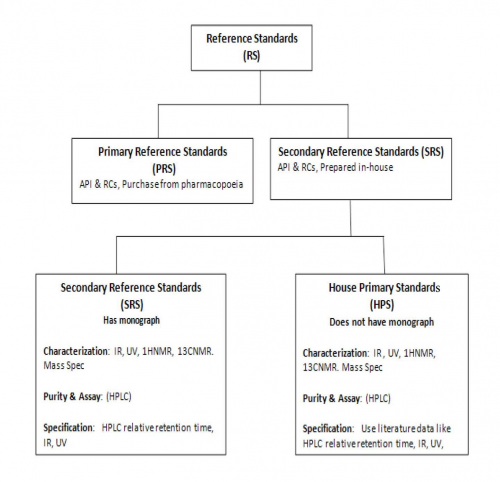
The impurities provided in the following table represent Secondary Reference Standards (SRS) that are prepared in-house by synthesis or by isolation. Each SRS has undergone extensive characterization ( IR, UV, 1HNMR, 13CNMR. Mass Spec) and determination of its purity and assay (HPLC). For specification of the SRS of those products that have a monograph, the SRS is compared with a pharmacopoeia Primary Reference Standard (UV, HPLC retention time). For specification of those products that do not have a monograph (known as House Primary Standard), we compare their UV ε or ג/max , IR major absorptions, 1HNMR d (ppm) , 13 CNMR d (ppm) or HPLC retention time with values reported in the chemical literature for these compounds.
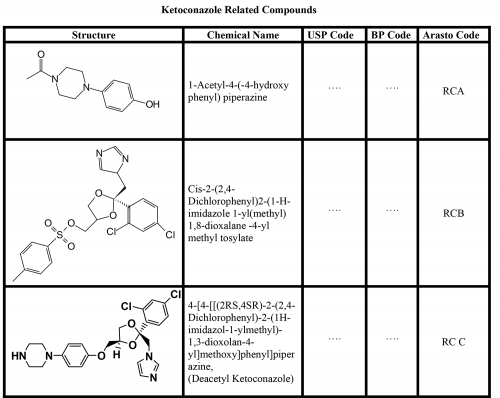
- Primary and Secondary Reference Standard (ICH 3.2.S.5)
5.1. Active Pharmaceutical Ingredient
Primary Reference Standard for Ketoconazole is available from United States Pharmacopoeia. We will use a Secondary Reference Standard (previously referred to as Working Standard) for direct control of all batches of Ketoconazole.
As per ICH (Q7, 11.1) and ICH (Q6, 2.11, 3.2, 3.3) the Secondary Reference Standards, which include the API and its Related Compounds, must be examined for their proof of structure (characterization), assay and purity and specification (identification by comparison). Furthermore, ICH Guideline on the Preparation of Common Technical Document (Q4M) requires that the data obtained from characterization, assay and purity and specification must be included in section 3.2.S.3.2 for Related Compounds (already discussed in that section) and section 3.2.S.5 of the DMF for the API. To this end, the Secondary Reference Standards of the API Ketoconazole has undergone extensive characterization (UV, IR, 1 H NMR, 13C NMR, and Mass Spec) to assure its structure, assay and purity (HPLC and/or titration) and specification (comparison of its HPLC retention time and UV ג/max with USP Primary Reference Standard.
The Secondary Reference Standard for Ketoconazole was produced from a released batch of Ketoconazole by subjecting it to an additional crystallization from the final solvent system used in the production of the API to avoid the possibility of other polymorph formation.
SPECIFICATION OF ANALYSIS
| Product: Ketoconazole | CAS No: 65277-42-1 | Spec. No.: APC-QC-SPEC-397-00 | ||
| Issue Date: Apr, 2023 | Valid up to: Apr, 2024 | Reference: USP38 | ||
| Tests | Specifications | |||
| Description | White to off-white powder. | |||
| Identification | Infrared Absorption. | |||
| Melting Range | Between 148°C and 152°C | |||
| Specific Rotation | Between -1° and +1° (at 20°C) | |||
| Loss on drying | NMT 0.5% | |||
| Residue on ignition | NMT 0.1% | |||
| Heavy Metals | NMT 0.002% | |||
| Residual Solvents | Methanol: Max. 3000 ppm (Class II) Acetone: Max. 5000 ppm (Class III) Isopropanol: Max. 5000 ppm (Class III) | |||
| Chromatographic Purity (TLC) | Total impurities: NMT 2.0% | |||
| Assay | 98.0% to 102.0% (on the dried basis) | |||
| Prepared by: M. Shahbazi, B.Sc.Chem. | Checked by: A. Forghani, B.Sc.Chem. | |||
| Approved by: F. Javadizadeh, M.Sc.Chem. | ||||
| Storage: Preserve in well-closed containers. | ||||

